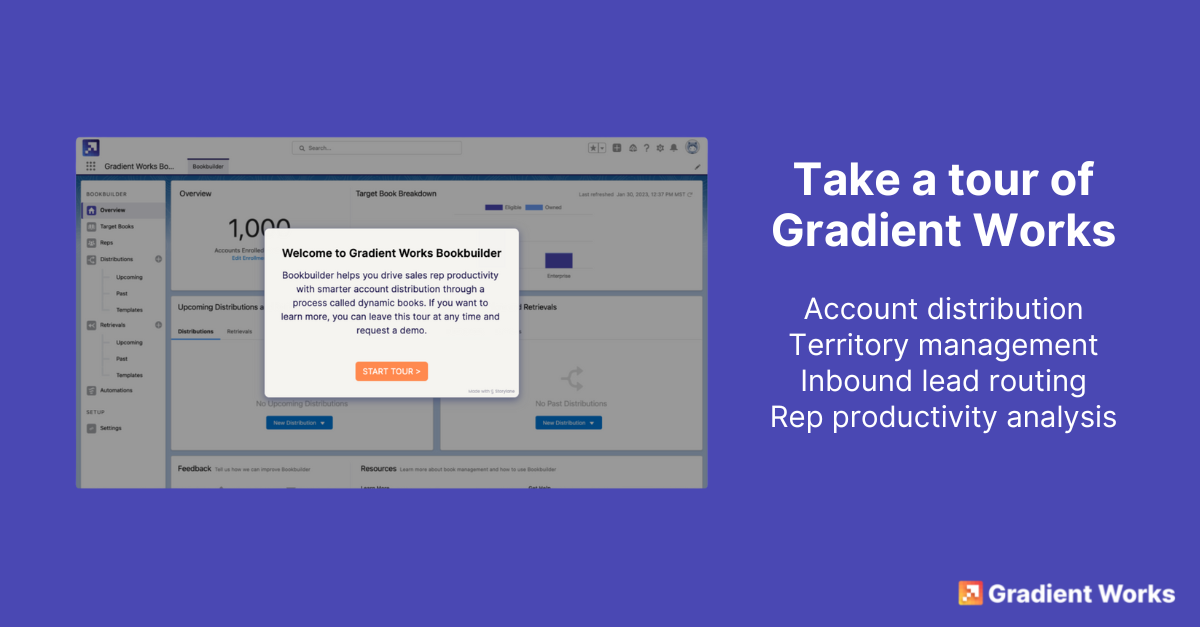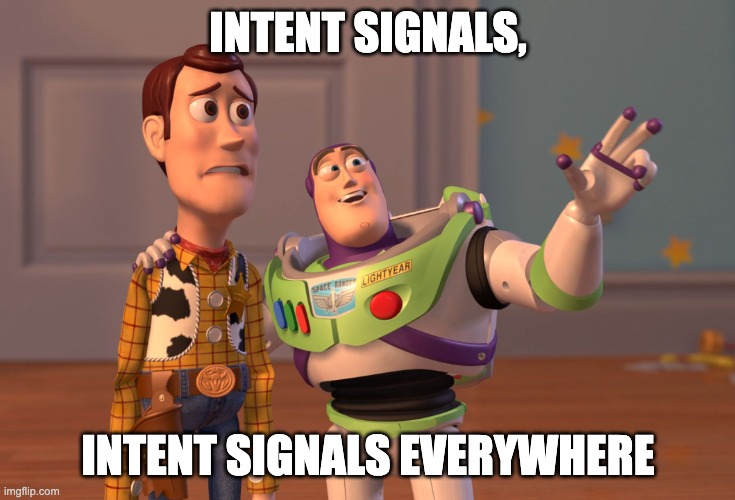Marketing attribution often feels like the “Golden Ticket” idea from The Office. If the campaign works, give us all the credit. If not, we didn’t do it.
Attribution shouldn’t feel like a fight for credit. From a RevOps perspective, lead attribution gives everyone credit when used correctly and is used as a diagnostic tool to find areas to improve. Read on to find out how your team can use multi-touch attribution to align your sales and marketing teams and create more conversions.
Types of marketing attribution
Attribution has historically been a marketing-focused KPI on what impact a campaign or strategy made on the customer journey, purchase, or conversion. Hubspot has a more sales-inclusive definition. “Attribution surfaces which interactions a person or group of people took along their journey toward a desired outcome or ‘conversion’ point.” The most common lead attribution types:
First-touch attribution
The conversion credit is given to the first interaction the lead/prospect has with your company. First-touch is almost exclusively a demand generation/marketing, TOFU metric. Unless you get an immediate purchase, this is unlikely the point the prospect “converts”. On the plus side, 44% of marketers say that a first-touch model is more useful for measuring digital campaigns.
Last-touch attribution
A favorite of sales teams, this gives the attribution to the converting action. In fast-paced SaaS, this is usually an SDR/AE touch that converts to a demo request. When driving conversions is the main goal, last-touch attribution feels like the correct model. However, B2B buyers are 57% - 70% through their buying research before contacting sales. They have been researching outside of that last touch.
Multi-touch attribution
There are multiple models for muti-touch attribution, from a W-shaped model to an even split across all the touchpoints. No matter the model type, multi-touch mixes marketing and sales efforts to see the major conversion points along the entire customer journey. Your goal should be to find the pattern within your conversion points and amplify them.
Simplifying your attribution model
Start by removing the “credit” mindset. Everyone in the customer journey has a hand in the conversion process. From a marketing perspective, unless you are a self-serve SAAS or a retail product, there will be a sales team involved with creating a new customer. From a sales perspective, the prospect didn’t dial your number at random. Even if they were referred by a current customer, the word-of-mouth, implementation, and product teams created a great customer experience to earn that referral.
Instead, focus on the journey. Ask these questions:
From a marketing perspective:
- What website content, blog posts, etc did the best new customers this year consume?
- Where did those prospects go next?
- At what point did they give us permission to reach out? (Form fills, demo requests, etc.)
There is usually a pattern here. For Gradient Works, our lead attribution shows the following pattern: Blog post (like this one)>Content Download>Product Page>Pricing/Demo Page. With this pattern, we can create a digital strategy to create this flow pattern with ads and landing pages.
It’s time for your amazing BDR/SDR team to reach out:
- How many calls/emails do they need to make to connect?
- What are the click-through rates?
- What are we sharing with them that generates clicks?
- What scripts are getting the “yes” for a demo/discovery call?
- Are there common objections? (If so, share these with marketing)
Your sales leader builds and edits cadences regularly based on these questions. I often compare these questions to fishing. You should always let your counterpart (marketing or sales) know what bait seems to be catching the fish this month.
The AE is ready to demo the client and close them:
- What use cases does the prospect see value in?
- Who is in the decision-making process?
Looking at the entire journey, you can easily identify the easiest path to a new customer. After all, it’s the customer journey, not the marketing team or sales team scoreboard. Find the best practice at every major touch point. RevOps is eventually going to ask “What can we 10x to reach and beat quota?” With a positive, multi-touch lead attribution plan, you’ll have the answer for each stage of the buyer journey.





